Everyone wants to drive a Lamborghini and feel the adrenaline rush. However, not everyone is fortunate enough to afford that ₹5.01 crore supercar. But who needs that much money when you have a cool dad and a 3D printer?
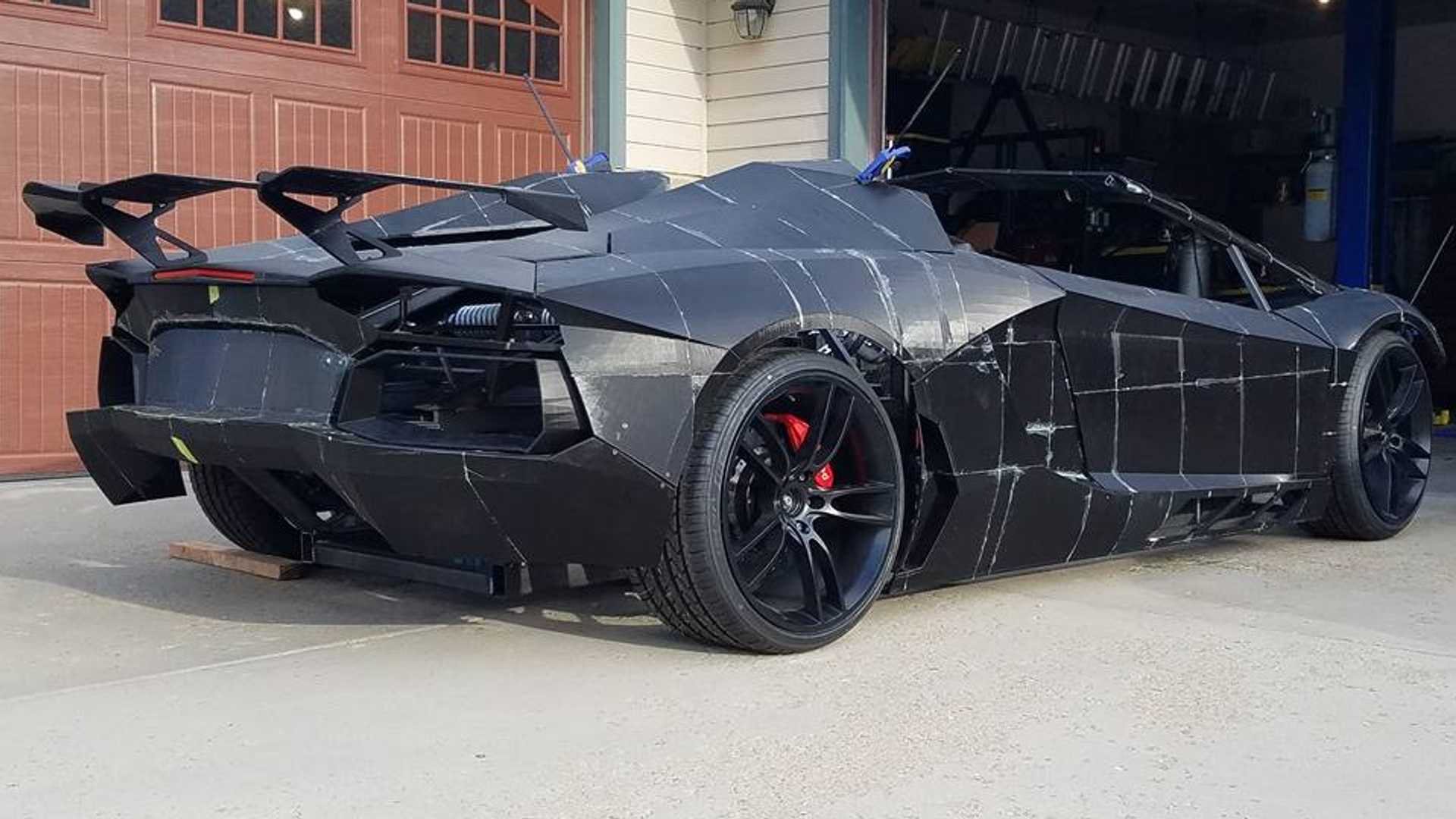
No, we are not kidding, Sterling Backus, a chief scientific officer at KMLabs in Boulder, Colorado is trending on the Internet after he 3D printed a Lamborghini Aventador.
But in today’s high-tech world, it’s not very difficult to create a 3D printed structure, so what is so exciting about it? Well, the car that Backus printed is a full-fledged drivable replica.
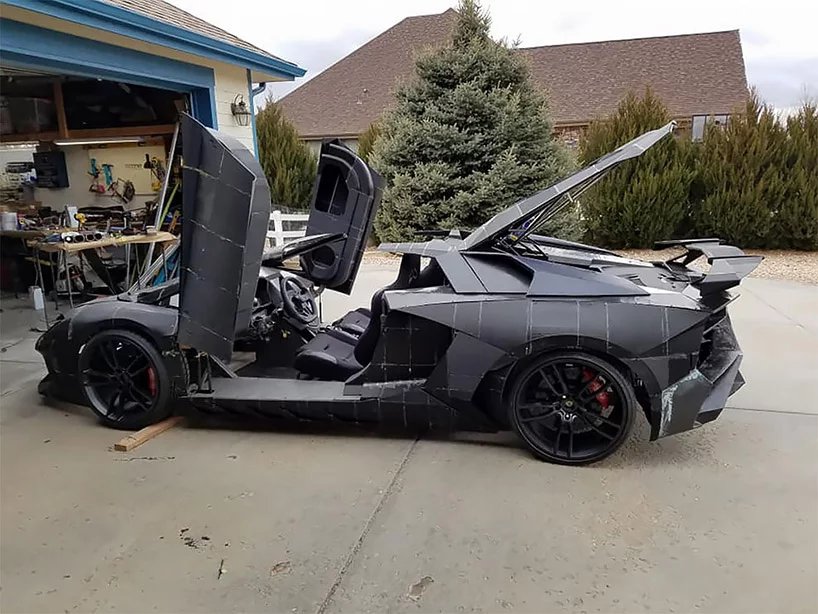
According to Autoblog, Backus built the car after his son asked him, “can we build one?” while playing Forza on his Xbox. Backus hand-built a steel chassis and installed a Corvette’s LS1 V8 engine to give those 300+ horsepowers to the car.
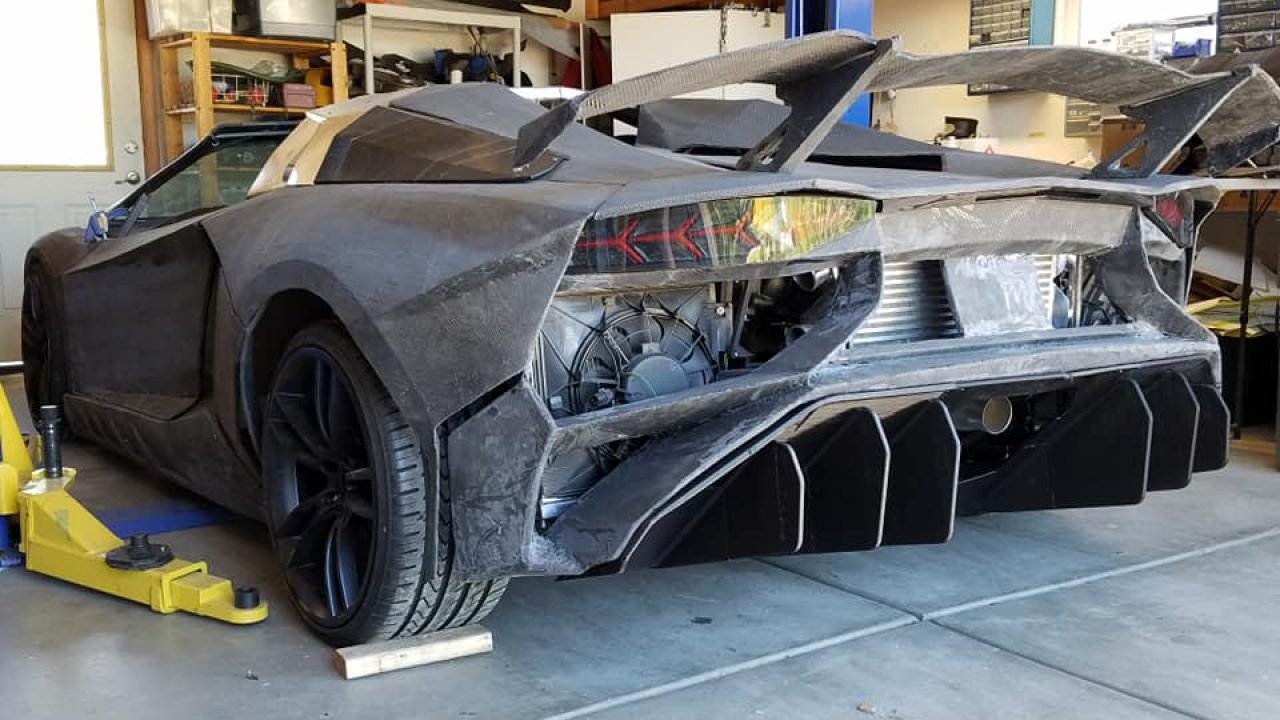
Of course it wasn’t easy, however, the biggest obstacle he had to overcome was choosing a material that can be 3D printed while keeping in mind that the car just doesn’t melt in the sun. The 3D printed plastic wasn’t strong enough so he wrapped carbon-fibre on the parts and covered them in epoxy.
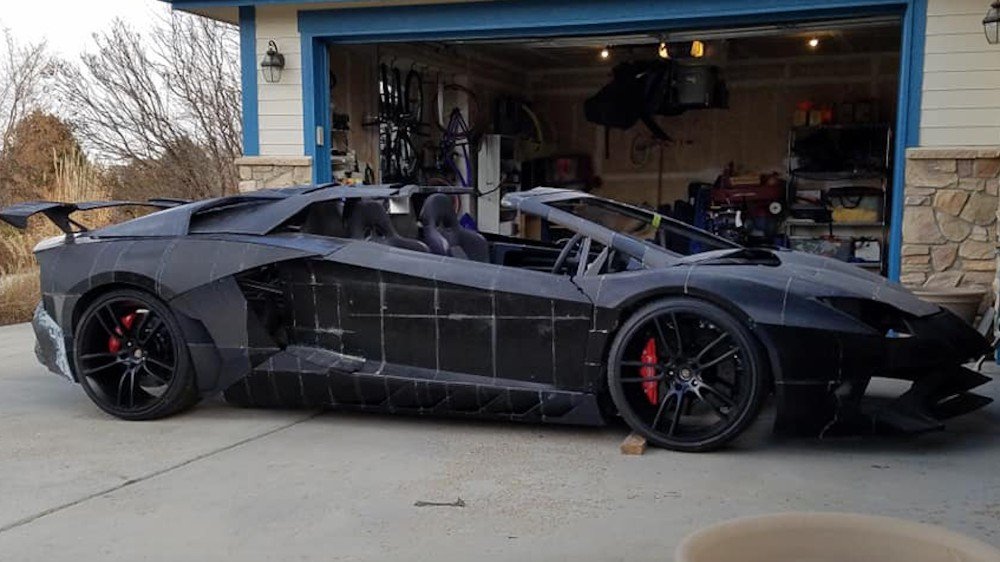
He assembled the shape of the car using a Creality CR-10 105 desktop 3D printer that he bought on Amazon. No doubt the car took really long to build but just to give you an idea, the front brake air intake alone is said to have taken 52 hours to complete. Other cool features of the car include functioning lights and scissor doors.
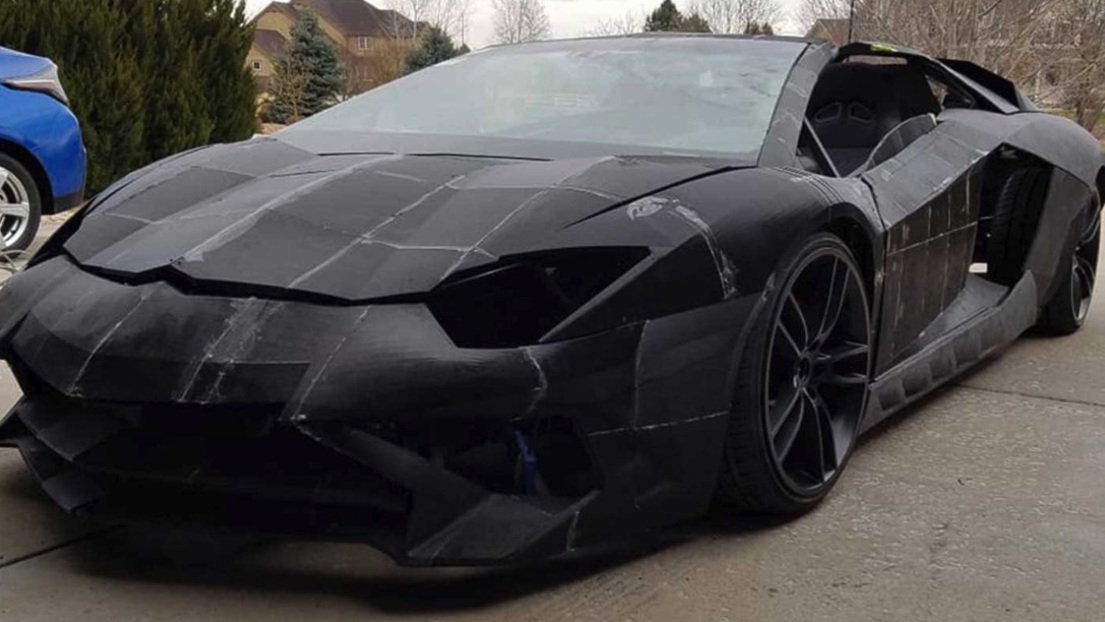
One of the most fun aspects of the whole story is that Backus had some learning on YouTube before he started the project. The physicist joked that he had to go to the YouTube University where he learned by watching videos.
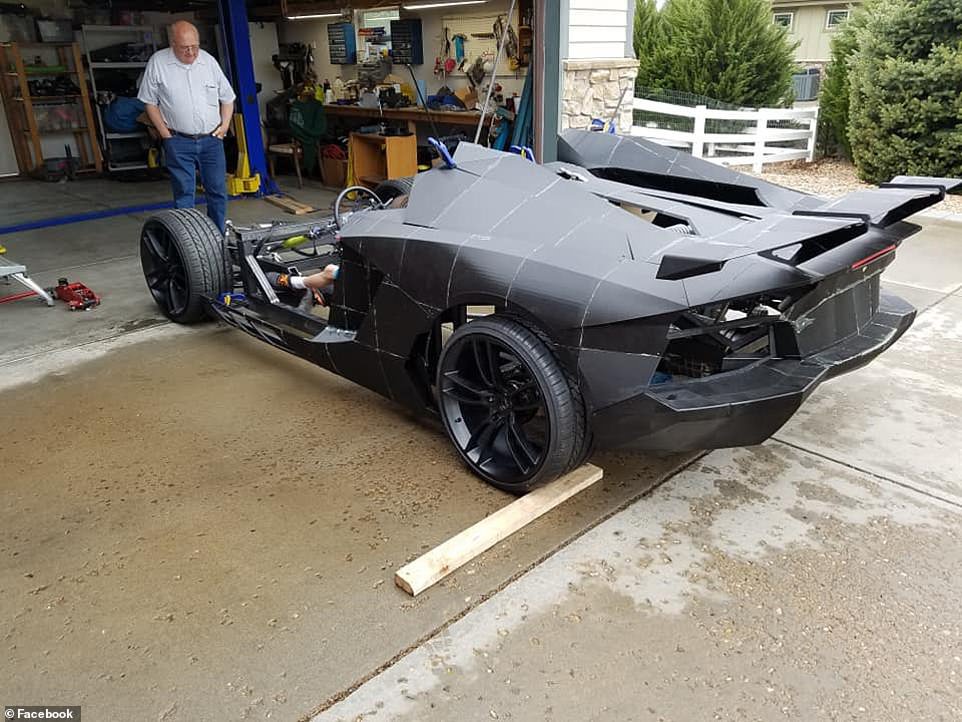
With the end of the project in sight, Backus says he hopes the car serves as an educational tool for Science Technology, Engineering, Art, and Mathematics (STEAM) programs. The project’s Facebook page says,
We are building a Lamborghini Aventador look alike, we call the Interceptor as a STEAM project. The intent is to take the car to local schools to show kids how cool technology can be, to start the conversation about Science, Technology, Engineering, Art and Math.
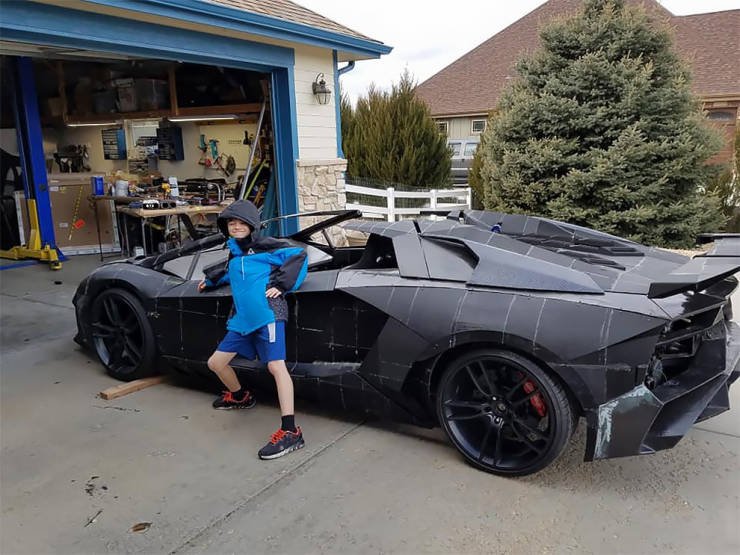
Though it was possible, it wasn’t cheap at all as Backus spent $20,000 while building the car. Of course, it’s cheaper than the actual value of the car.

















